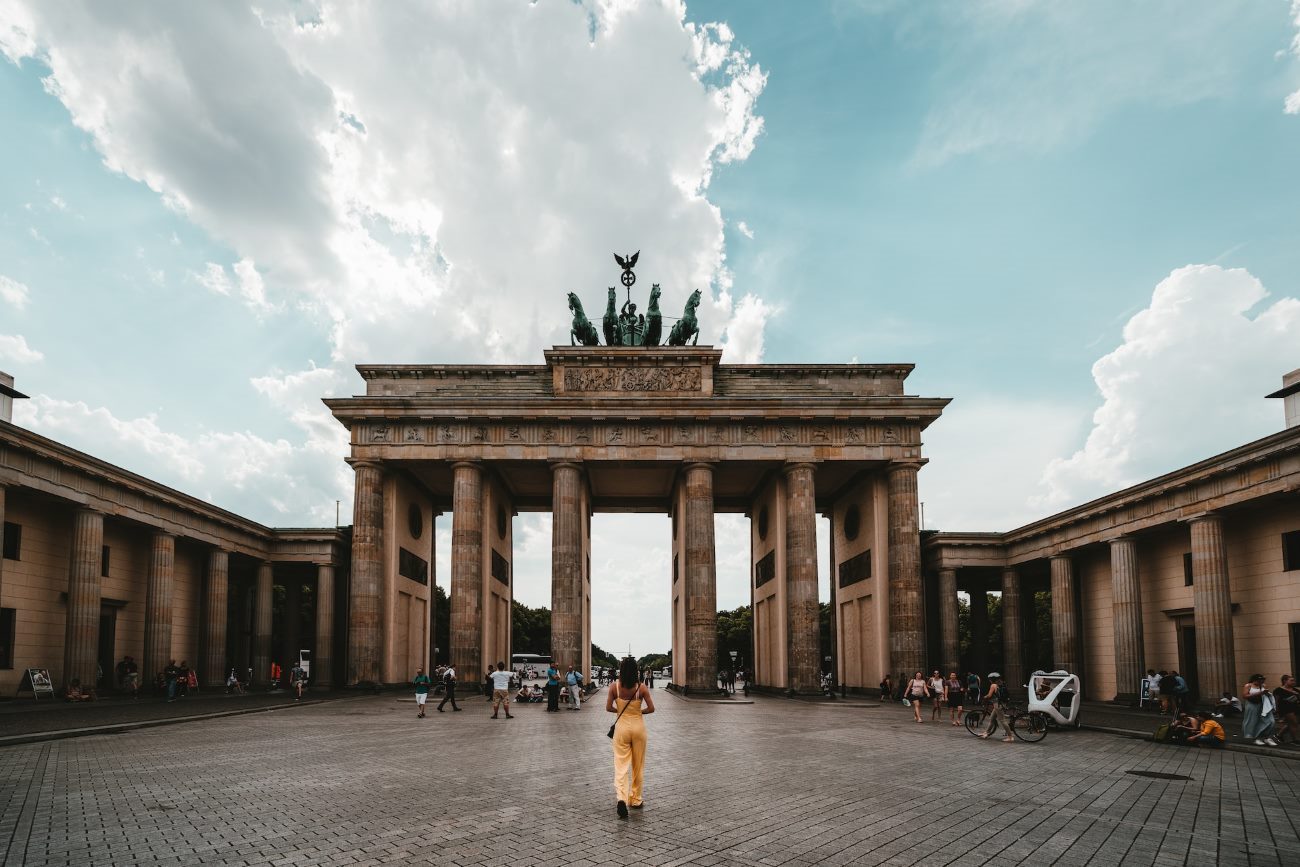What Was the Western Perspective on the Berlin Wall?
The Berlin Wall remained a global boundary between East and West Germany over a period of almost 30 years from its initial construction in 1961. The German Democratic Republic (East Germany) built the wall during 1961 as one of the most significant manifestations worldwide which divided capitalist West from communist East. Western views about this notorious structure remained a point of interest throughout the span of its existence. Let’s take a closer look.
The Early Reactions
The West reacted with deep anxiety when news emerged about the creation of the Berlin Wall. This structure symbolized both human rights violations and European splitting according to Western nations. Western governments interpreted the wall as a solid indicator that Soviet forces planned to keep their grip on East Germany while cutting down any discussion of reunification.
Political Discontent
The Berlin Wall caused a high level of political conflict between Western nations and Eastern powers throughout the period of the Cold War. Western political leaders criticized the wall because they saw it as a restrictive measure which displayed Soviet aggression against liberty and democratic principles.
The United States made its firm opposition towards the wall a significant priority. During his 1963 speech President John F. Kennedy proclaimed “Ich bin ein Berliner” to show his support for West Berliners and demonstrate the West’s disapproval toward the wall’s divisive action.
Implications for East-West Relations
The Berlin Wall permanently demonstrated through its existence the deep political gap which separated Eastern countries from Western ones. The wall intensified Western perception that communism would expand across more territories while reinforcing their apprehension toward the Soviet Union and its communist alliance.
The wall produced intense psychological responses from millions of people as it left them isolated from their most beloved family members. The tragic experiences of people trying to cross the wall combined with their fatal outcomes turned Western perspectives into outright opposition of the wall.
Symbol of Freedom and Division
The Berlin Wall manifested as more than a security boundary for Western communities because it represented abject control which contradicted basic freedom fought for by Western nations. The wall exposed how the Western capitalist model opposed the Eastern communist idea system.
The structure persistently held a permanent position to demonstrate the substantial disparities between capitalist and communist systems. The linkage between East and West allowed viewers to witness different standards of living along with personal freedoms and access to opportunities thus strengthening Western nations to preserve their values.
Supporting East Germans
The Western powers openly backed East German desires to bring countries together as well as achieve freedom from communist rule. People who escaped East Germany received protection together with assistance from Western nations.
Western news organizations showcased the border crossings of people living in communist countries which exposed the difficult struggles of communist society. Exclusive life stories generated wide compassion toward East Germans and amplified awareness about Berlin Wall’s injustice.
The Fall of the Berlin Wall
The year 1989 became a landmark year when the Berlin Wall fell which secured major western historical gains. When authorities dismantled the wall both communist rule and the unification of Germany officially came to an end.
Western countries viewed the event as a success of democratic freedom that defeated totalitarian rule. When the wall fell it showed the world about unified power which became instrumental for ending both Soviet Union dominance and the Cold War struggle.
Legacy and Lessons Learned
The Berlin Wall represents a significant warning about the destructive outcomes of separation by ideology along with its message regarding human liberty defense. The wall stood as a lesson about the necessity of dialogue and cooperation when combined with respect for human rights through its time in existence and significant conclusion.
Evaluating the Western views about the Berlin Wall requires us to absorb the valuable historical lessons derived from this time. The Berlin Wall illustrates to us why national separation creates dangers while education about cultures remains essential and shows how human determination strives toward liberty and unification.
Table of Contents



